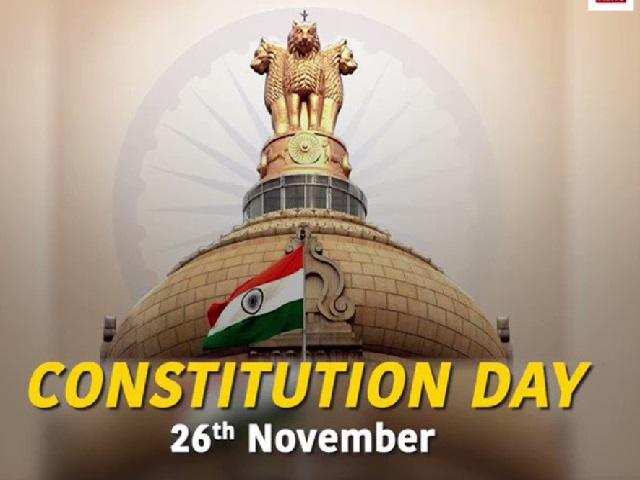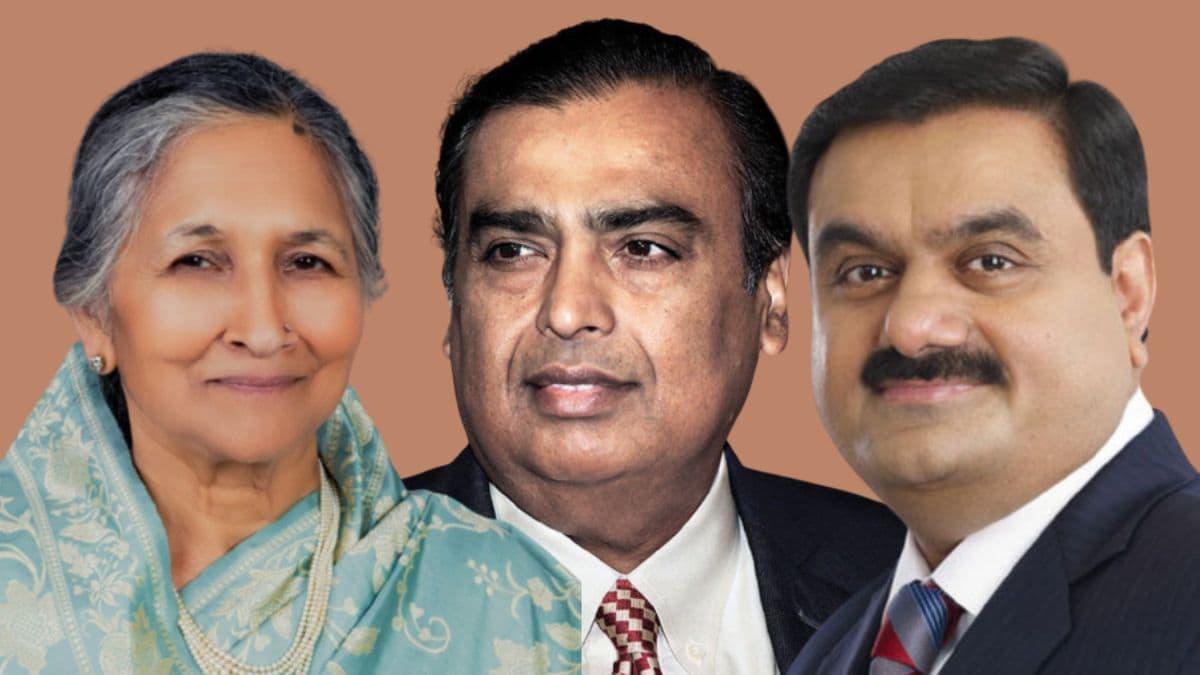In a bid to commemorate the adoption of the Constitution of independent India, the 26th of November is celebrated as the Constitution Day of India. This year will mark the 73rd anniversary of the historic event that marked the dawn of a new era in 1949. The day, also known as Samvidhan Divas, National Law Day, or National Constitution Day, is also celebrated to raise awareness about the Indian Constitution.

History of the Indian Constitution
On 15 August 1947, India earned independence, and on 26 January 1950, we celebrated Republic Day to mark the enforcement of the Indian Constitution. Back in 1934, the demand of the Constituent Assembly was made. M.N. Roy, a communist party leader, introduced the idea. The Congress party took it up, and finally, in 1940, the British government accepted the demand.
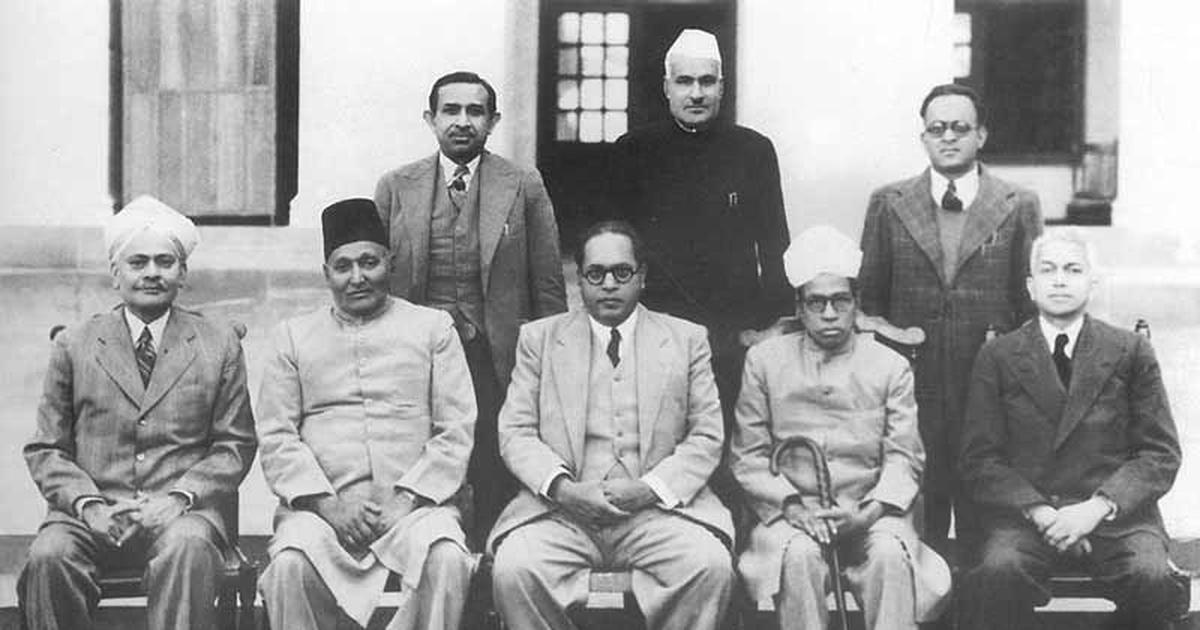
Before independence, the Constituent Assembly met for the first time on 9 December 1946. Dr. Sachchidananda Sinha was appointed as the first president of the Constituent Assembly. The meeting continued till 24 January 1950. During this time, 11 sessions were convened and met for around 166 days. These two months, between the adoption and enforcement of the Indian Constitution, were deployed for thorough reading. Translation from English to Hindi was also done during this time.
Dr. B.R. Ambedkar and India's Constitution
On 29th August 1947, after passing one resolution, the Constituent Assembly appointed a ‘Drafting Committee” with seven members, including Dr. Ambedkar, to prepare a draft of the Constitution of independent India. It is said that when the Constitution of India was drafted, Pandit Nehru and Sardar Vallabhbhai Patel thought of inviting and consulting Sir Guor Jennings as an internationally known constitutional expert of those times.
When approached for advice in the matter, Gandhiji is reported to have told them why they should be looking for foreign experts when they had the right within India an outstanding legal and constitutional expert in Dr. Ambedkar who ought to be entrusted with the role which they badly need as he so richly and rightly deserved. The Law Minister, Dr. Ambedkar, was appointed the Chairman of the Drafting Committee. The seven members, including the Chairman of the Drafting Committee, were as follows:
- Dr. B.R. Ambedkar, Chairman
- N. Goipalswami
- Alladi Krishnaswami Ayyas
- K.M. Munshi
- Saijo Mola Saadulla
- N. Madhava Rao and
- D.P. Khaitan
Ambedkar sought to achieve certain objectives through the Constitution of India by incorporating the following principles:
- Making the Indian constitution workable, flexible, and strong enough to hold the country together in peace and wartime
- Providing special safeguards to minorities and certain social and educationally backward classes
- Incorporating the principle of one man, one value, and one man, one vote
- Incorporating exceptions and qualifications to the FRs while advocating preventive detention President of India.
- Abolishing untouchability and forced labor to achieve the ideal of 'one man, one value, and one man, one vote' and placing all people equally before the law
- Securing equal protection of laws for every citizen as also freedom of profession and equality of opportunity
- Incorporating the right to constitutional remedies
A pragmatist to the core, Ambedkar believed that without economic and social justice, political independence would not bring about social solidarity or national integration. He advocated the abolition of privileges based on caste or status and vigorously fought for the liberty and dignity of the individual. At the same time, he was equally forceful in his advocacy of the nation's unity. Ambedkar's contributions to shaping the Constitution are undeniably great.
Salient Features of the Indian Constitution
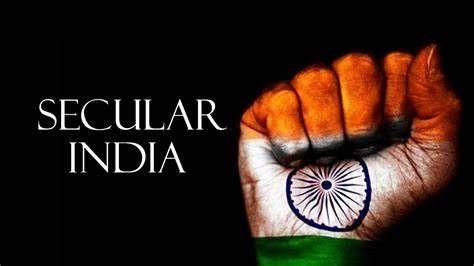
Every Indian must be aware of the following unique features of the Indian Constitution:
- Longest Written Constitution: The Constitution of India is the lengthiest and most detailed Constitutional document the world has produced.
- Drawn from Various Sources: The Constitution of India has borrowed most of its provisions from the constitutions of various other countries and the Government of India Act of 1935.
- Blend of Rigidity and Flexibility: The Indian Constitution is a unique combination of rigidity and flexibility. A constitution may be called rigid or flexible based on its amending procedure.
- Federal System with Unitary Bias: The Constitution of India establishes a federal system of government. It contains all the usual features of a federation, such as two governments, division of powers, written constitution, the supremacy of the constitution, rigidity of the Constitution, independent judiciary, and bicameralism. However, the Indian Constitution also contains many unitary or non-federal features, such as a strong Centre, a single Constitution, the appointment of a state governor by the Centre, all-India services, an integrated judiciary, and so on.
- Parliamentary Form of Government: The Constitution of India has opted for the British Parliamentary System of governance rather than the American Presidential system of government.
- Synthesis of Parliamentary Sovereignty and Judicial Supremacy: The framers of the Indian Constitution have preferred a proper synthesis between the British principle of parliamentary sovereignty and the American principle of Judicial supremacy. The Supreme Court can declare parliamentary laws unconstitutional through its power of judicial review. The Parliament can amend the major portion of the Constitution through its constituent power.
- Rule of Law: According to this axiom, people are ruled by law but not by men, that is, the basic truism that no man is infallible.
- Fundamental Rights: Part III of the Indian Constitution guarantees 6 fundamental rights to all Indian citizens.
- Directive Principles of State Policy: These are enumerated in Part IV of the Constitution. They aim to provide social and economic justice to our people. Directive Principles aim at establishing a welfare state in India where there will be no concentration of wealth in the hands of a few. They are non-justiciable.
- Fundamental Duties: The original constitution did not provide for the fundamental duties of the citizens. They were added to our Constitution by the 42nd Amendment Act of 1976 on the recommendation of the Swaran Singh Committee. It lays down a list of 10 Fundamental Duties for all citizens of India. Later, the 86th Constitutional Amendment Act of 2002 added 1 more fundamental duty. While the rights are guaranteed to the people, the duties are obligations that every citizen is expected to perform. However, like the Directive Principles of State Policy, the duties are also non-justiciable.
- Indian Secularism: The Constitution of India stands for a secular state. Hence, it does not uphold any particular religion as the official religion of the Indian State.
Important Articles of the Constitution
The Indian constitution has 448 articles, 25 parts, 12 schedules, and 104 amendments. The Indian Constitution has various articles that discuss the sections of various constitutional bodies, fundamental rights of citizens, legislatures, executive, and other government branches, as well as the different schedules. The original text of the Indian Constitution consisted of 22 parts; after amendments, it currently contains 25 parts. The 25 parts of the Indian Constitution are:
| Parts and Subject | Articles |
| Part I – The Union and its Territories | 1 – 4 |
| Part II – Citizenship | 5 -11 |
| Part III – Fundamental Rights | 12 – 35 |
| Part IV – Directive Principles of State Policy | 36 – 51 |
| Part IV A – Fundamental Duties | 51A |
| Part V – The Union | 52 – 151 |
| Part VI – The States | 152 – 237 |
| Part VII – The States in Part B of the First Schedule | 238 [Repealed] |
| Part VIII – The Union Territories | 239 – 242 |
| Part IX – The Panchayats | 243 – 243O |
| Part IXA – The Municipalities | 243P – 243ZG |
| Part IXB – The Co-operative Societies | 243ZH – 243ZT |
| Part X – The Scheduled and Tribal Areas | 244 – 244A |
| Part XI – Relation between the Union and the States | 245 – 263 |
| Part XII – Finance, Property, Contracts, and Suits | 264 – 300A |
| Part XIII – Trade, Commerce, and Intercourse within the territory of India | 301 – 307 |
| Part XIV – Services Under the Union and the States | 308 – 323 |
| Part XIVA – Tribunals | 323A – 323B |
| Part XV – Elections | 324 – 329A |
| Part XVI – Special provisions relating to certain classes | 330 – 342 |
| Part XVII – Official language | 343 – 351 |
| Part XVIII – Emergency Provisions | 352 – 360 |
| Part XIX – Miscellaneous | 361 – 367 |
| Part XX – Amendment of the Constitution | 368 |
| Part XXI – Temporary, Transitional, and Special Provisions | 369 – 392 |
| Part XXII – Short Title, Commencement, Authoritative Text in Hindi and Repeals | 393 – 395 |
Important Fundamental Rights of India
The Indian Constitution originally outlined seven fundamental rights, but only six remain. The 44th Amendment Act of 1978 repealed the Right to Property U/A 31. Part XII of the Constitution was amended to create the legal right U/A 300-A.
Right to Freedom: Article 19 to Article 22
- Article 19 –Guarantees Indian citizens their six basic rights.
- Freedom of speech and expression
- The right to assemble peacefully and without weapons
- Freedom to organize into unions or groups
- The right to unrestricted movement throughout India’s borders
- The freedom to live and establish oneself anywhere on Indian territory
- The right to practice any profession and the freedom to engage in any occupation, trade, or business
- Article 20 –Protection in respect of conviction for offenses
- Article 21 –Protection of life and personal liberty
- Article 22 –Protection against arrest and detention in certain cases
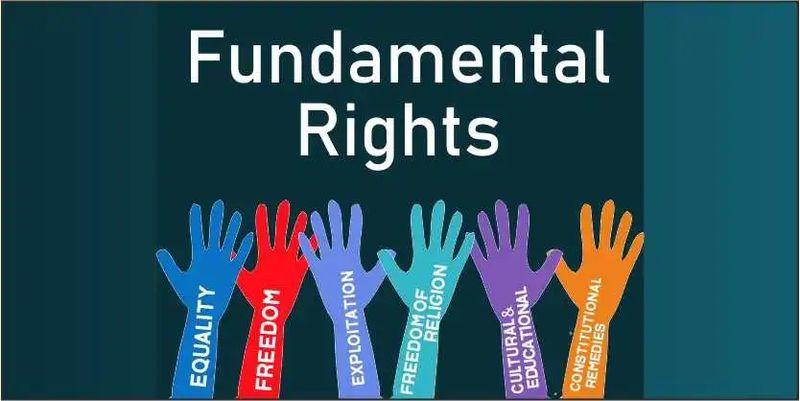
Right against Exploitation: Article 23 to Article 24
- Article 23 –Forced labor and human trafficking are prohibited
- Article 24 –Prohibiting the use of young people (under 14) in factories and mines
Right to Exploitation: Article 25 to Article 28
- Article 25 –Conscience, religious expression, and practice are permitted without any restriction.
- Article 26 –The ability to control religious issues
- Article 27 –Freedom from paying taxes to support a specific faith
- Article 28 –Freedom from having to go to religious school
Cultural and Educational Rights: Article 29 to Article 30
- Article 29 –Protection of minorities’ interests
- Article 30 –Minorities have the right to create and run educational institutions.
Right to Constitutional Remedies: Article 32
- Article 32 –Minorities can establish and manage educational institutions.
The first Article of the Constitution of India states that “India, that is Bharat, shall be a Union of States,” implying India and Bharat are equally the two official names for our nation. India has an official name in the 22 official languages recognized in the Constitution. The English name is India, and the Hindi name is Bharat. Most other languages have a variation of Bharat except Tamil, where the official name is Indhiya. The long-form name adds the words 'Republic of' in English, Ganarajya in Hindi, and Jumhuriyat in Kashmiri and Urdu.

